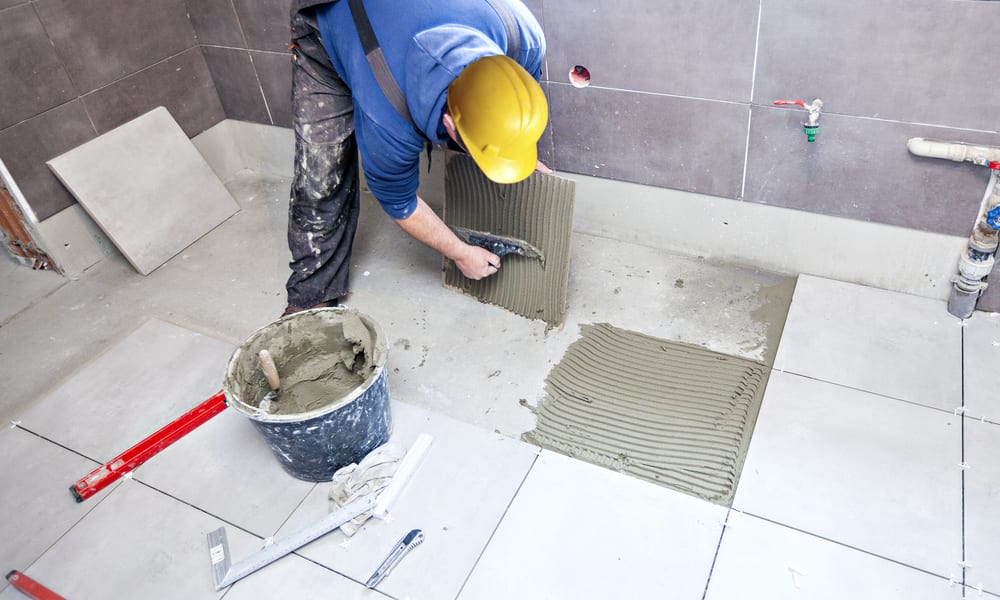Energy- and water-efficient fixtures: meeting global performance standards
This article examines how energy- and water-efficient fixtures contribute to global performance goals for buildings and facilities. It highlights practical design choices, construction considerations, and operational practices that reduce consumption while supporting durability, safety, and accessibility.

Efficient fixtures and systems in the bathroom are central to reducing water and energy use across residential and commercial buildings. Meeting global performance standards involves selecting products that are independently tested, integrating those choices with proper plumbing and ventilation, and ensuring materials and layouts support long-term maintenance and accessibility. This article outlines technical approaches and practical considerations that align fixtures, tiling, waterproofing, drainage, and lighting with sustainability objectives while preserving sanitation and safety.
How can plumbing and fixtures reduce water use?
Plumbing strategy begins with specifying fixtures certified to recognized flow and flush standards and using pressure-optimized valves and sensors where appropriate. Water-efficient toilets, urinals, faucets and showerheads can reduce consumption significantly when paired with well-designed drain lines and accessible shutoffs for maintenance. Properly sized piping reduces the need to run taps to clear cold water, and backflow prevention safeguards sanitation. Integrating metering or monitoring helps verify that fixtures meet expected performance over time.
What tiling and waterproofing choices support sustainability?
Durable tiling and robust waterproofing reduce repair cycles and material waste. Choose porcelain or vitrified tiles and cementitious waterproofing systems that are compatible with local conditions to limit moisture intrusion and deterioration. Proper substrate preparation and drainage slopes prevent trapped water that can damage flooring assemblies. These choices minimize lifecycle impacts by reducing the need for frequent replacement and extensive maintenance, contributing to overall resource efficiency.
How does ventilation and drainage affect energy and safety?
Effective ventilation preserves indoor air quality and helps control humidity, limiting mold risks that might require costly remediation. Energy recovery ventilators (ERVs) or appropriately sized exhaust fans can balance air exchange with energy use. Drainage design — including trap configurations, accessible cleanouts, and correct slope — supports sanitation and prevents standing water that can compromise flooring and finishes. Combining ventilation and drainage planning improves both occupant safety and system longevity.
How do lighting and fixtures influence energy performance?
Specifying LED lighting, dimming controls, and occupancy sensors reduces electricity use while maintaining adequate illumination for safety and accessibility. Fixtures should be selected for both luminous efficacy and serviceability; easily replaceable components extend usable life and lower maintenance demands. Consider integrated fixture-luminaire products rated for wet areas to avoid frequent replacements. Lighting design that coordinates with natural daylighting strategies further reduces energy demand.
How can accessibility, ergonomics, and storage be balanced with efficiency?
Designing for accessibility and ergonomics improves usability without compromising sustainability. Wall-hung fixtures, grab bars placed for reach-comfort, and lever-style handles aid operation and can be paired with water-saving valves. Efficient storage solutions that resist moisture—such as ventilated cabinetry and raised shelving—reduce clutter and maintenance needs. Thoughtful layout reduces dead zones and simplifies cleaning, supporting sanitation and long-term resilience.
What maintenance practices ensure long-term sustainability?
Regular inspection and preventive maintenance keep fixtures performing to standard. Routine checks of seals, grout, and waterproof membranes detect early failures; plumbing inspections catch leaks and pressure issues before they escalate. Maintenance plans should document replacement intervals for filters, cartridges, and gaskets, and include safe procedures that preserve ventilation and drainage performance. Training for local services and clear access to shutoffs and cleanouts reduces downtime and repair complexity.
Conclusion Achieving global performance standards for energy- and water-efficient bathroom fixtures requires coordinated decisions across product selection, installation, and operation. Integrating plumbing, tiling, waterproofing, ventilation, drainage, lighting, and ergonomic design creates resilient spaces that support sustainability, sanitation, and accessibility. Consistent maintenance and verification ensure that initial efficiencies are retained over time, delivering measurable benefits for occupants and facility managers.





